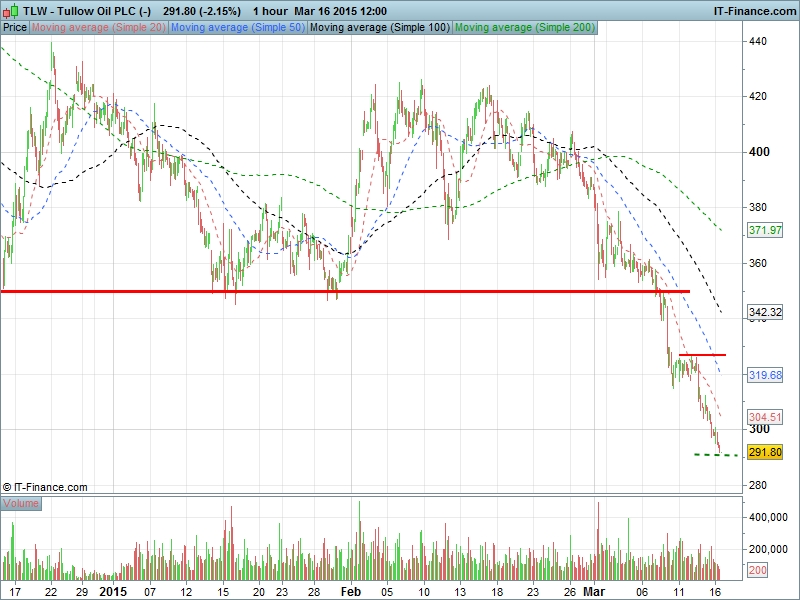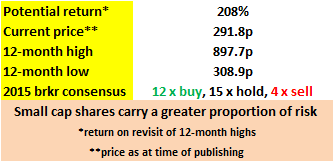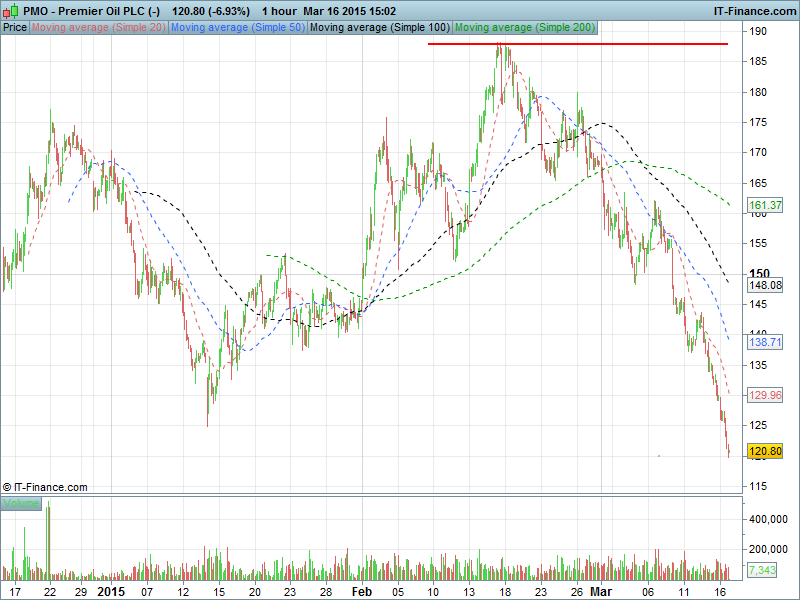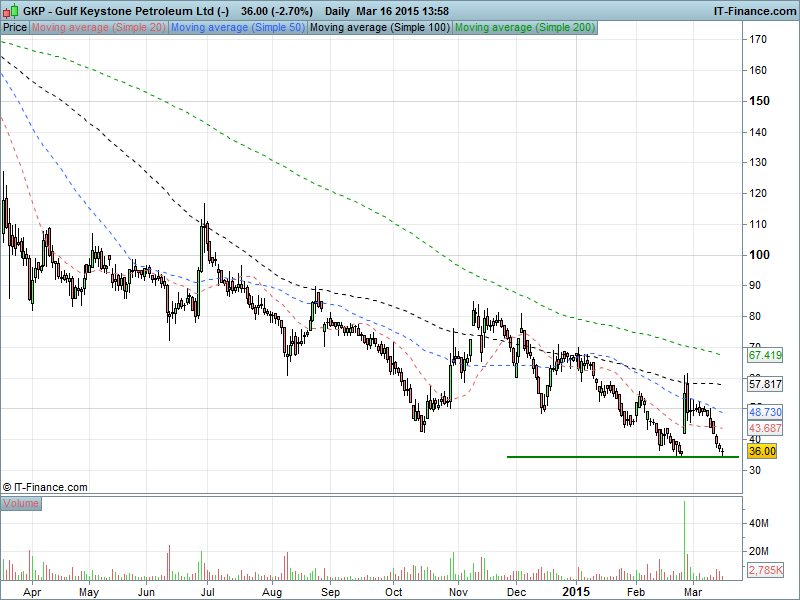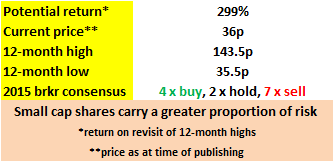Today there are around 15 oil & gas companies listed on the London Stock Exchange - ranging from Blue Chip giants like BP and Royal dutch Shell to Small Cap movers & shakers like Afren - whose revenuesdepend directly on finding reservoirs, drilling wells and extracting crude oil to sell on to refineries. Withcrude oil in particular being an important and current topic of interest, traders armed with the right information and industry knowledge can make good returns on their investments.With crude prices in an albeit tenuous uptrend following several months of damaging deflation, is now the right time to buy into oil & gas stocks? Would it be better, perhaps, to attempt to profit from further declines? One thing's for sure - trading opportunities will present themselves.Investing in Oil & Gas can be complicated. The sector is pervaded by buzz words and terminology that can scare investors new to trading energy stocks, and that is why in this special report from Accendo Markets we aim to part the clouds so that you'll have the information you need to trade UK Index and AIM listed Oil & Gas shares. We are going to tell you what all those confusing terms mean, what drives the industry and who we believe you should be paying attention to as we move deeper into 2015.

